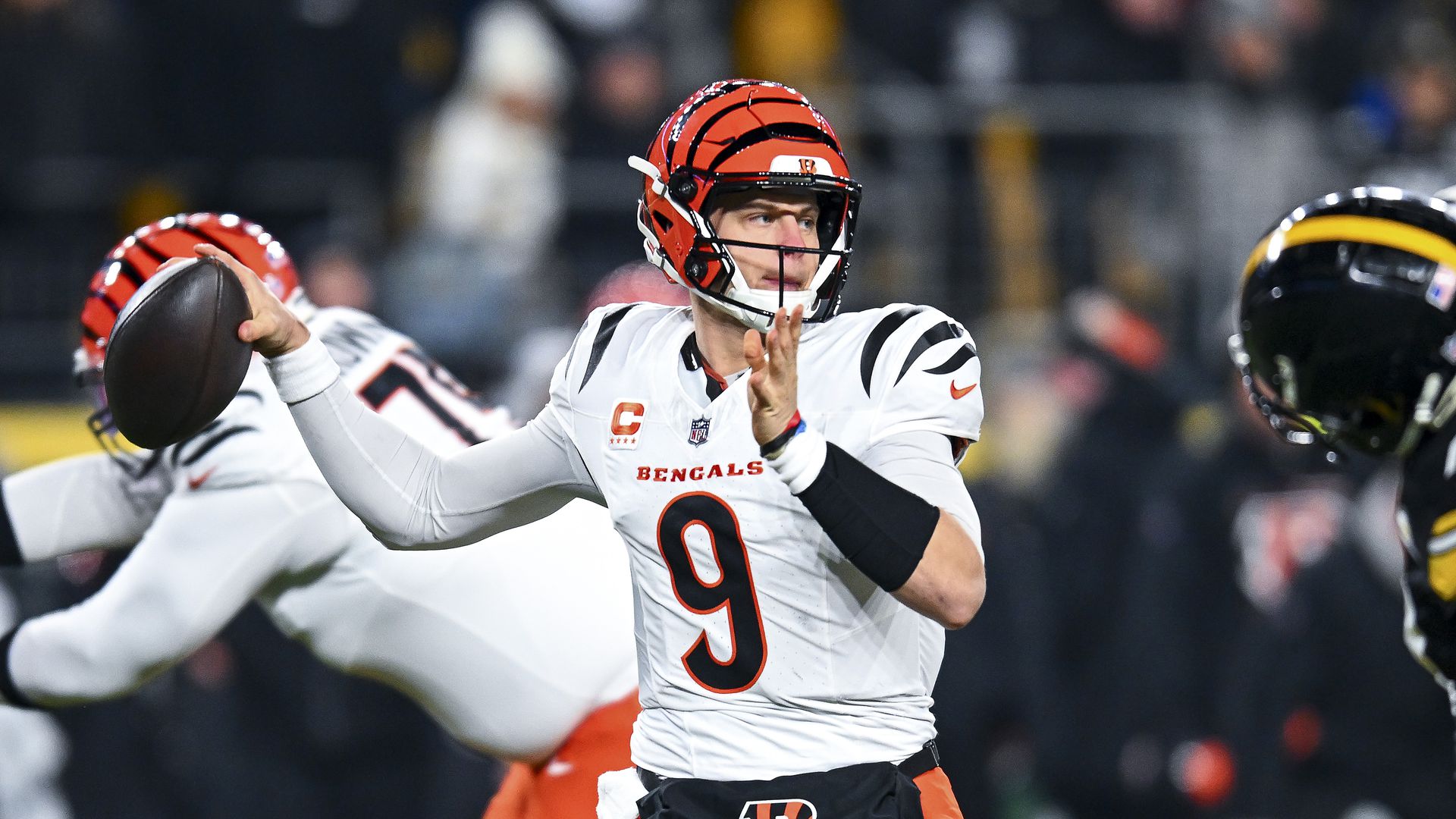Joe Burrow’s Home Burglary Linked to Larger Criminal Network
In December 2024, Cincinnati Bengals quarterback Joe Burrow became the latest high-profile victim of a series of burglaries targeting professional athletes across the United States. At the time, Burrow was playing against the Dallas Cowboys, and his home was broken into while he was away. The incident was part of a broader crime spree that saw several athletes fall prey to thieves.
The break-in at Burrow’s residence led to the arrest of three men, but recent developments have revealed a more extensive network involved in the theft and resale of stolen goods. Among those implicated is Dimitriy Nezhenskiy, a pawn shop owner from North Bergen, New Jersey. Nezhenskiy recently pleaded guilty to one count of conspiracy to receive stolen property, as reported by the U.S. Attorney’s Office in the Eastern District of New York. His co-owner, Juan Villar, also admitted guilt to the same charge in June.
Both Nezhenskiy and Villar have acknowledged that they knowingly purchased high-end stolen items, including jewelry and designer handbags. Their actions were not just passive purchases—they served as “fences” for the burglars, helping them convert stolen goods into cash. This role made them integral to the criminal operation that targeted wealthy individuals, including athletes.
The FBI has emphasized the significance of their involvement. According to Christopher Raia, Assistant Director in Charge of the FBI, Nezhenskiy established a consistent demand for stolen merchandise over the past five years. This demand allowed South American theft groups to profit from repeated burglaries, creating a cycle of crime that affected homes and businesses nationwide.
The three men initially charged with breaking into Burrow’s house were indicted by a federal grand jury in February. Now, the two individuals who helped facilitate the sale of the stolen items have also come forward with their admissions. Their guilty pleas mark a significant step in unraveling the larger criminal network that operated behind the scenes.
This case highlights the growing problem of burglary targeting high-profile individuals. Athletes, celebrities, and other wealthy people often become targets due to the perceived value of their possessions. As a result, law enforcement agencies are increasingly focusing on both the perpetrators of these crimes and those who profit from them through resale.
The collaboration between thieves and fences like Nezhenskiy and Villar demonstrates how organized crime can thrive when there is a market for stolen goods. By purchasing and reselling these items, such individuals not only benefit financially but also enable further criminal activity by providing a safe outlet for stolen property.
As investigations continue, authorities are working to identify and prosecute all those involved in these crimes. The case involving Joe Burrow serves as a reminder of the complex web of criminal activity that can exist behind seemingly isolated incidents. It also underscores the importance of vigilance and security measures for individuals in the public eye.







